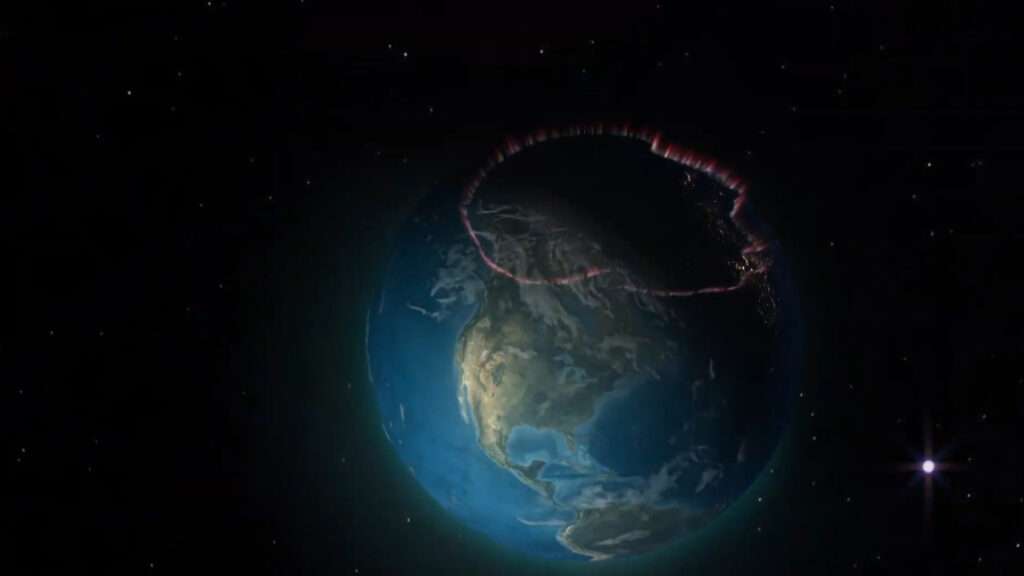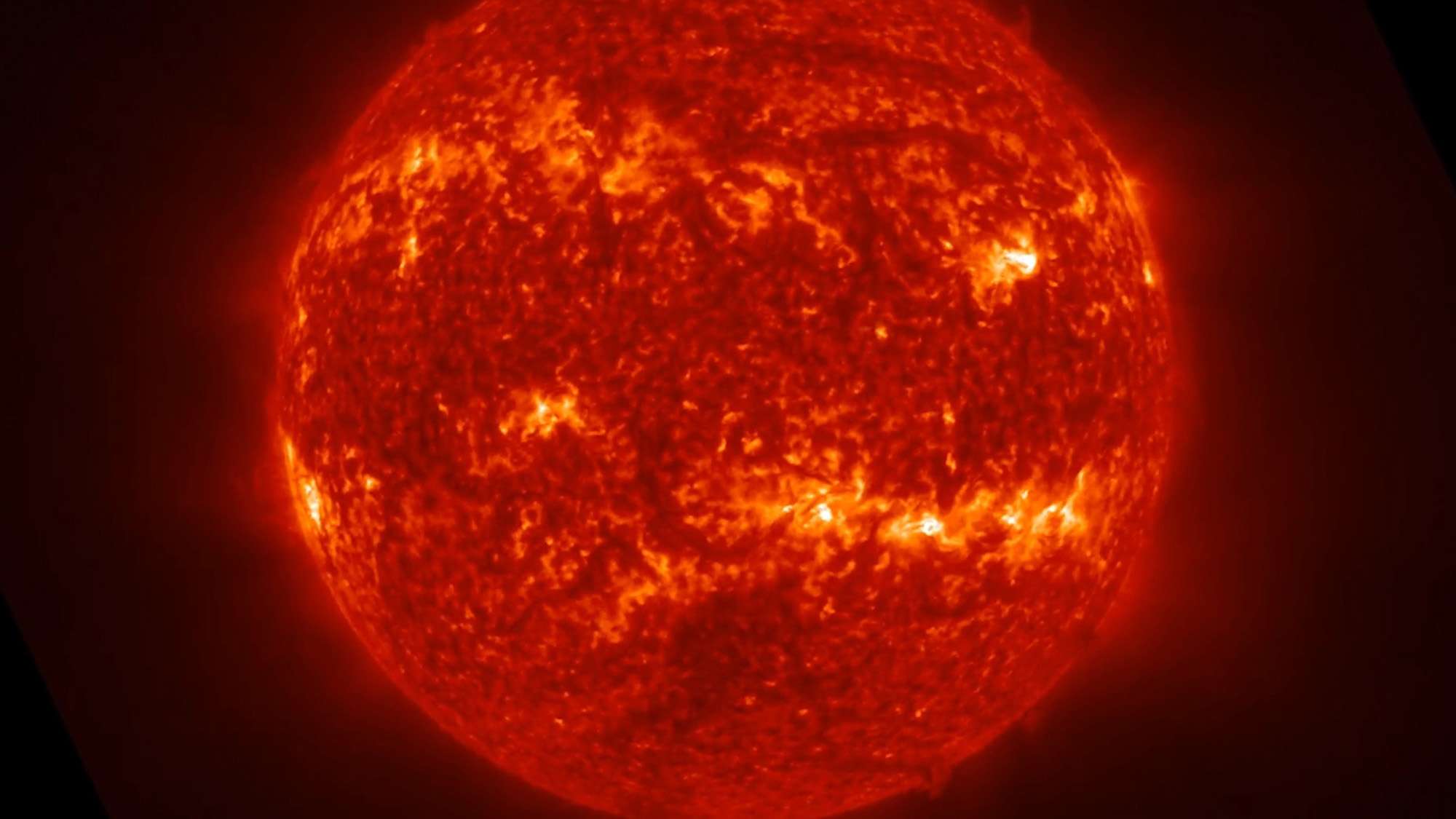A large geomagnetic storm hit Earth after a solar flare spewed a large plasma wave at over 2 million mph.
The incident took place on 21st April and reportedly triggered stunning auroras around the world, with the images showing the moment the solar flare took place.
But it might also have affected radio signals and power grids all over the world, according to the US’ National Environmental Satellite, Data, and Information Service (NOAA).
Newsflash obtained a statement from the NOAA dated 28th April saying: “On April 21, 2023, a coronal mass ejection (CME) erupted from the sun, spewing out a burst of plasma that raced toward Earth at nearly two million miles per hour and generated a severe geomagnetic storm (level 4 out of 5 on NOAA’s space weather G- scale) at 3:26 p.m. EDT on April 23.”
The statement said that “increased solar radiation and associated geomagnetic storms can have various effects.”
NOAA continued: “They can affect power grids on Earth as well as radio signals and communications systems.
“They can affect our satellite operations and GPS navigation capabilities.
“They can impact astronauts in space, particularly if they are doing a spacewalk. Outside of the Earth’s protective atmosphere, the extra radiation they are exposed to may cause radiation poisoning or other harmful health effects.
“They can create spectacular auroras on Earth.
“This is the third severe geomagnetic storm (G4) since Solar Cycle 25 began in 2019. The other storms took place on November 4, 2021, and March 24, 2023. Forecasters observed the elevated solar winds measurement for these events using NOAA’s DSCOVR spacecraft, which informed the geomagnetic storm forecasts.

“NOAA satellites help monitor the activity of the sun and when solar flares, or coronal mass ejections occur. Since these events can happen unpredictably and some can reach Earth within minutes, NOAA’s Space Weather Prediction Center uses this information to monitor the activity on the sun and makes forecasts, predictions, and alerts. In this case, NOAA forecasters issued several warnings for the geomagnetic storm and provided decision support to customers so they could minimize impacts.
“To help with this, the GOES satellites also house the Extreme Ultraviolet and X-ray Irradiance Sensors (EXIS), which monitor the sun’s electromagnetic radiation and serve as a critical first warning system for the onset of flares, the Space Environmental In-Situ Suite (SEISS), which helps assess the electrostatic discharge risk and radiation hazards to astronauts and satellites, and a Magnetometer, which measures the Earth’s magnetic field.”
The US authorities also warned that the Sun’s activity is going to increase until 2025.

The Ananova page is created by and dedicated to professional, independent freelance journalists. It is a place for us to showcase our work. When our news is sold to our media partners, we will include the link here.




